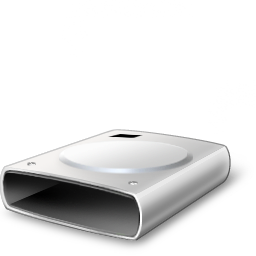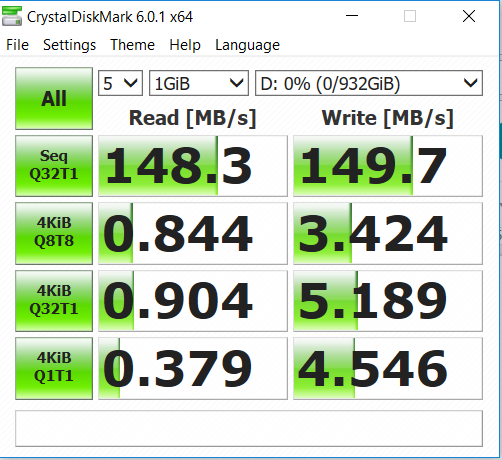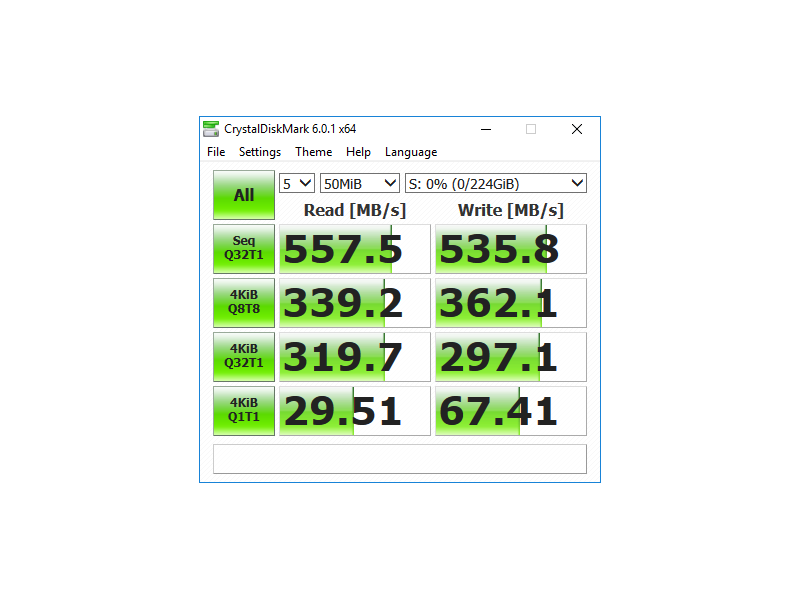

Test conditions are otherwise the same as the read test. The file is written sequentially from start to end using a 32KB block size.

The result is reported in MBytes/sec.Ī large file is written to the disk under test (400 MB for non solid state drives, 800 MB for solid state drives). Note that certain O/S features like file system compression, and settings in the PerformanceTest preferences window can alter the file size and test duration. The test uses uncached asynchronous file operations (with an IO queue length of 20). The file is read sequentially from start to end using a 32KB block size. The program's system tray icon displays a selected disk's temperature and accesses a Collective Settings submenu that makes it easy to set common parameters such as Alarm Settings for temperature and Health Status.A large test file is created on the disk under test (1 GB for non solid state drives, 2 GB for solid state drives). Under Health Status Settings, we could set Thresholds of Caution for our HDD's sector counts.

We could also set up mail alerts, view the event log, and more. Under Advanced Features, we found the AAM/APM Control console (with an Auto Adaptation option). But the Function menu contains the most interesting stuff, such as a separate Graph that can display dozens of disk parameters, startup and temperature display options, workarounds, and the ability to open the Windows Device Manager and Disk Manager directly. The program's settings include interface languages, fonts, and copy options. The second tab showed our HDD's data, including Rotation Rate. CrystalDiskInfo displays detailed SMART data in the optional bottom view under a variety of headings. Under Features, it showed that our SSD was compatible with SMART, TRIM, and NCQ as well as 48-bit Logical Block Addressing (LBA). But CrystalDiskInfo displayed a lot of useful data, including Power On Count and Hours, Host Reads and Writes, Firmware version, and Standards. Many SSDs lack temperature sensors ours included, so the temperature read zero degrees. CrystalDiskInfo displayed its name, model number, and capacity. The program opened with our C drive, an SSD. Selecting any drive's icon displays its details in the main view. CrystalDiskInfo's user interface displays your drives' health status and temperature sensor data (where available) in a bar along the top of the window.


 0 kommentar(er)
0 kommentar(er)
